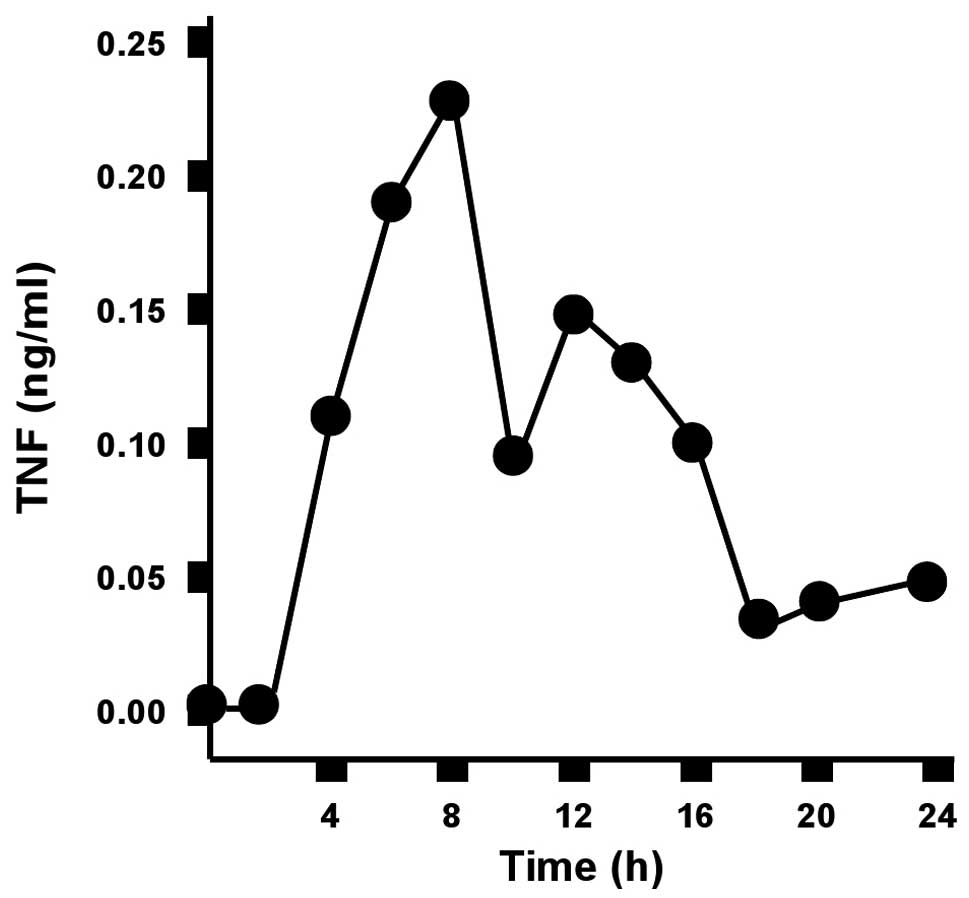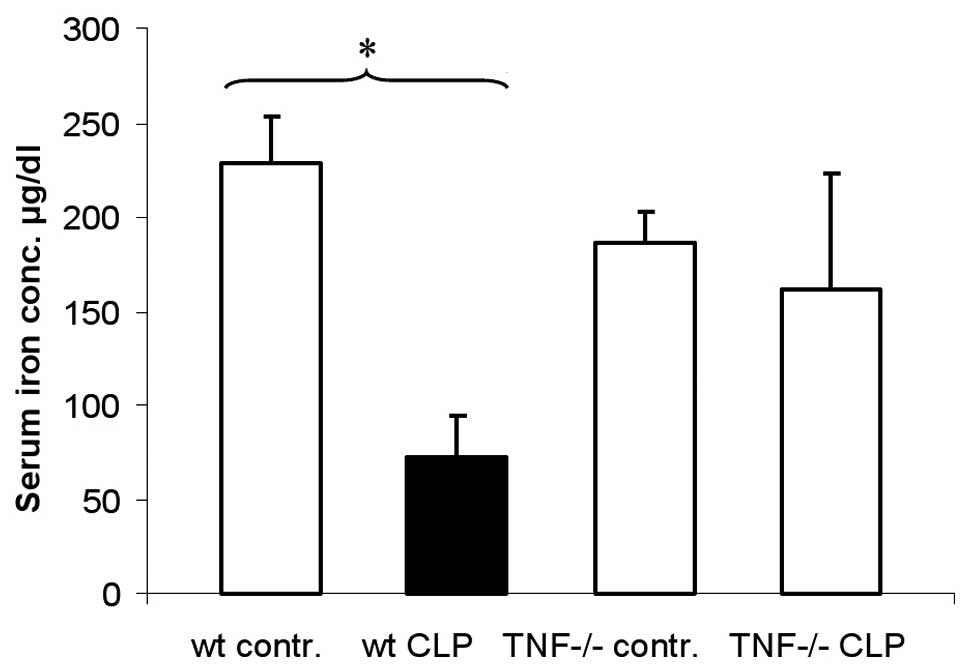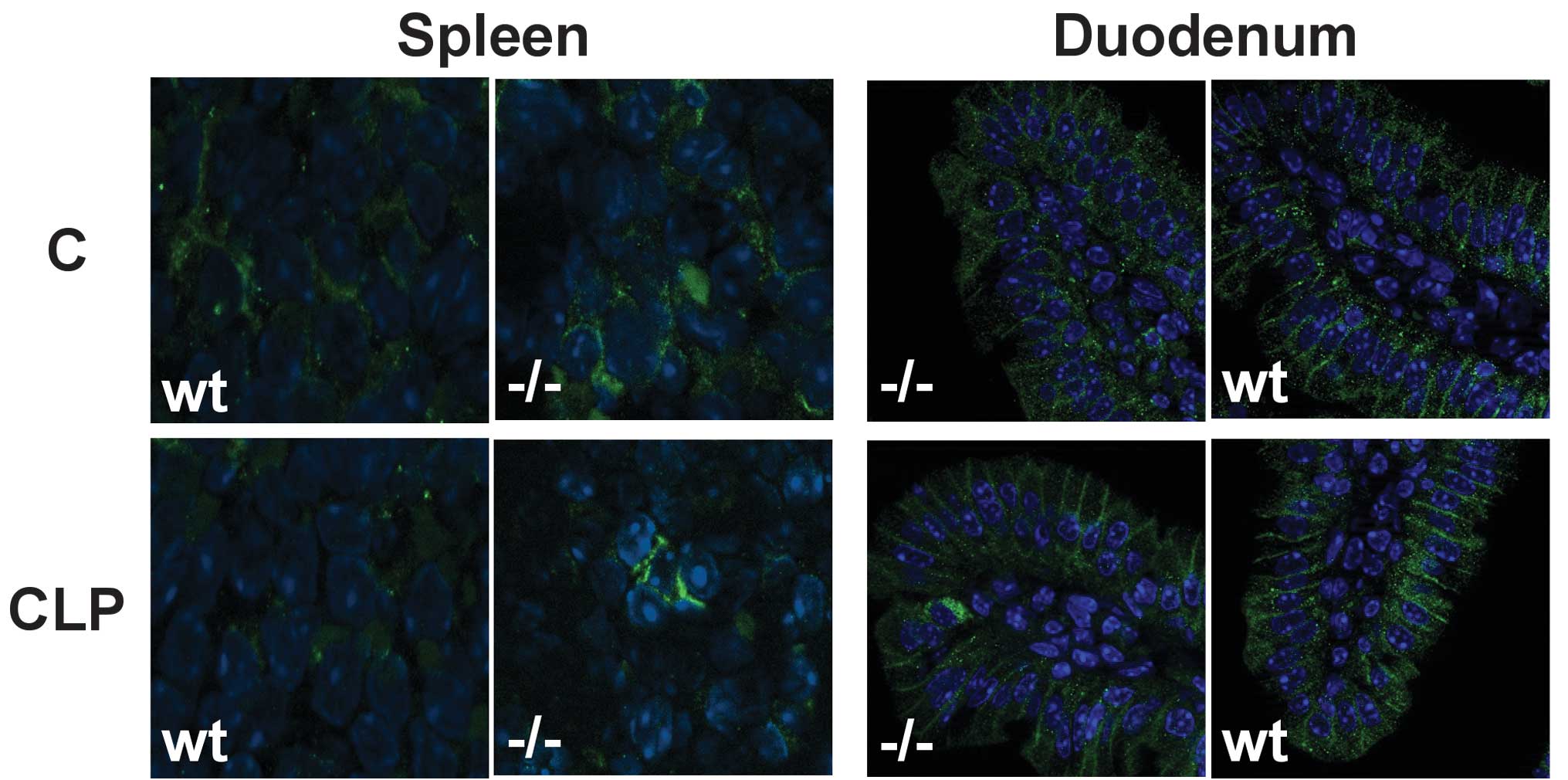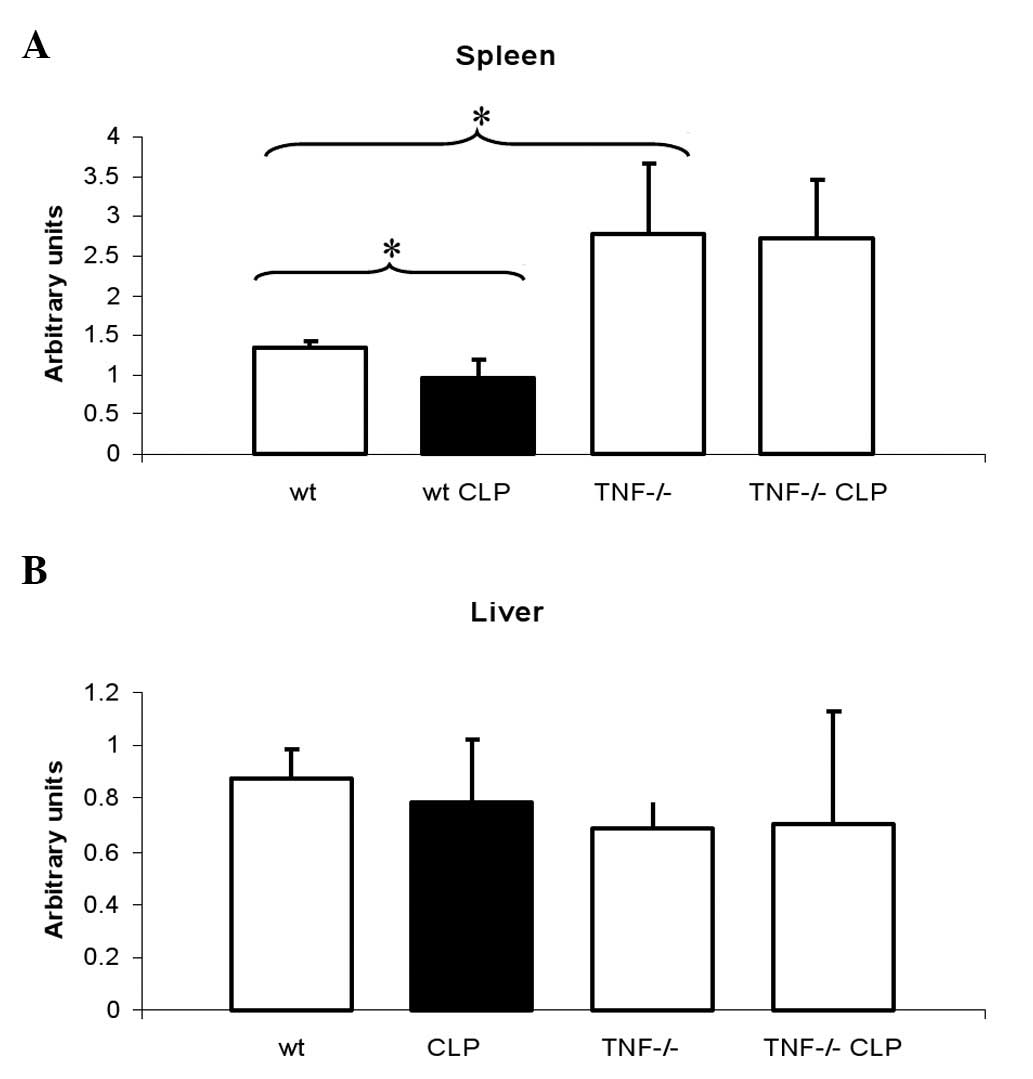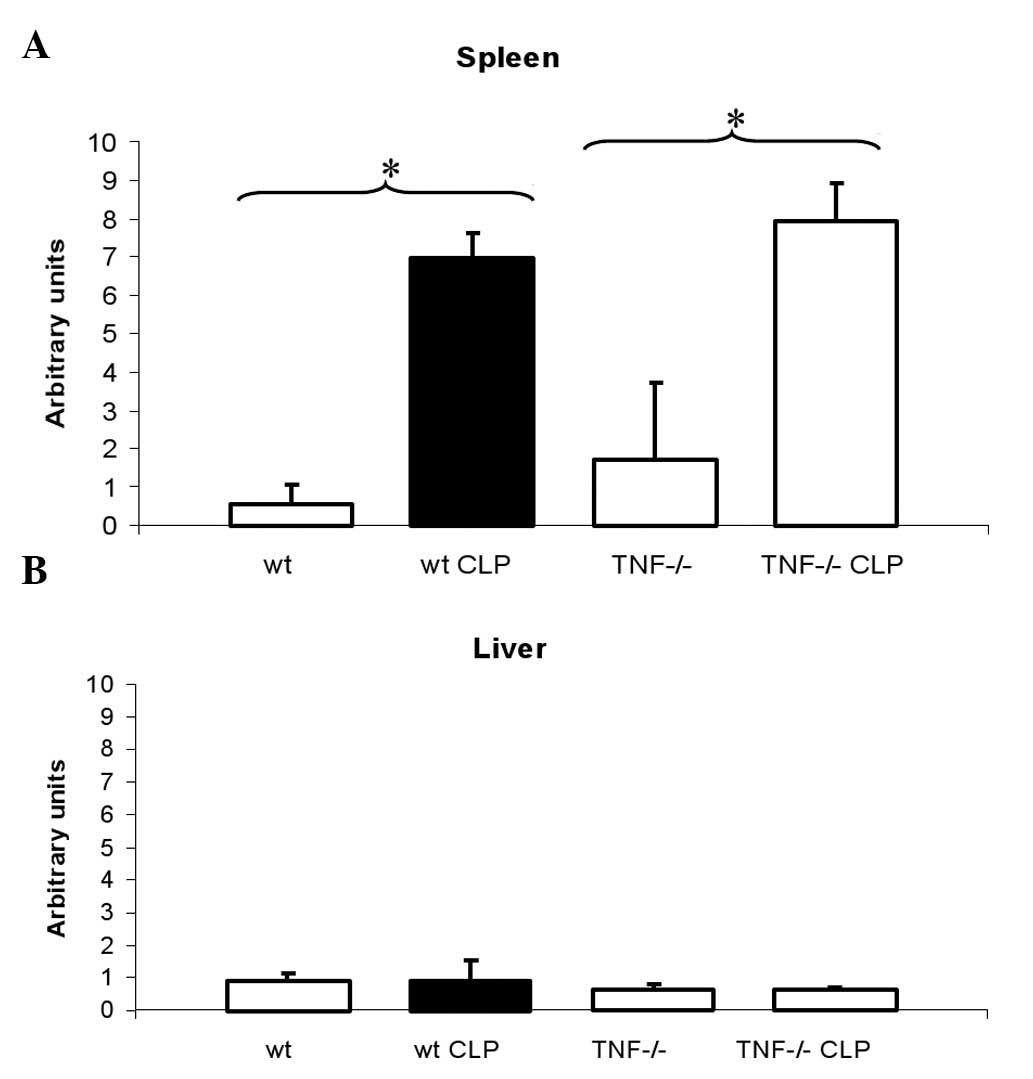|
1
|
Weiss G: Modification of iron regulation
by the inflammatory response (Review). Best Pract Res Clin
Haematol. 18:183–201. 2005. View Article : Google Scholar : PubMed/NCBI
|
|
2
|
Schaible UE and Kaufmann SH: Iron and
microbial infection. Nat Rev Microbiol. 2:946–953. 2004. View Article : Google Scholar : PubMed/NCBI
|
|
3
|
Laftah AH, Sharma N, Brookes MJ, McKie AT,
Simpson RJ, Iqbal TH and Tselepis C: Tumour necrosis factor alpha
causes hypoferraemia and reduced intestinal iron absorption in
mice. Biochem J. 397:61–67. 2006. View Article : Google Scholar
|
|
4
|
Johnson RA, Waddelow TA, Caro J, Oliff A
and Roodman GD: Chronic exposure to tumor necrosis factor in vivo
preferentially inhibits erythropoiesis in nude mice. Blood.
74:130–138. 1989.PubMed/NCBI
|
|
5
|
Feelders RA, Vreugdenhil G, Eggermont AM,
Kuiper-Kramer PA, van Eijk HG and Swaak AJ: Regulation of iron
metabolism in the acute-phase response: interferon gamma and tumour
necrosis factor alpha induce hypoferraemia, ferritin production and
a decrease in circulating transferrin receptors in cancer patients.
Eur J Clin Invest. 28:520–527. 1998. View Article : Google Scholar
|
|
6
|
Alvarez-Hernández X, Licéaga J, McKay IC
and Brock JH: Induction of hypoferremia and modulation of
macrophage iron metabolism by tumor necrosis factor. Lab Invest.
61:319–322. 1989.PubMed/NCBI
|
|
7
|
Sharma N, Laftah AH, Brookes MJ, Cooper B,
Iqbal T and Tselepis C: A role for tumour necrosis factor alpha in
human small bowel iron transport. Biochem J (Pt 2). 390:437–446.
2005.PubMed/NCBI
|
|
8
|
Ludwiczek S, Aigner E, Theurl I and Weiss
G: Cytokine-mediated regulation of iron transport in human
monocytic cells. Blood. 101:4148–4154. 2003. View Article : Google Scholar : PubMed/NCBI
|
|
9
|
Körner H, Cook M, Riminton DS, Lemckert
FA, Hoek RM, Ledermann B, Köntgen F, Fazekas de St Groth B and
Sedgwick JD: Distinct roles for lymphotoxin-alpha and tumor
necrosis factor in organogenesis and spatial organization of
lymphoid tissue. Eur J Immunol. 27:2600–2609. 1997.PubMed/NCBI
|
|
10
|
Schubert TE, Echtenacher B, Hofstädter F
and Männel DN: Failure of interferon-γ and tumor necrosis factor in
mediating anemia of chronic disease in a mouse model of protracted
septic peritonitis. Int J Mol Med. 16:753–758. 2005.
|
|
11
|
Tanaka T, Araki E, Nitta K and Tateno M:
Recombinant human tumor necrosis factor depresses serum iron in
mice. J Biol Response Mod. 6:484–488. 1987.PubMed/NCBI
|
|
12
|
Nemeth E, Tuttle MS, Powelson J, Vaughn
MB, Donovan A, Ward DM, Ganz T and Kaplan J: Hepcidin regulates
cellular iron efflux by binding to ferroportin and inducing its
internalization. Science. 306:2090–2093. 2004. View Article : Google Scholar : PubMed/NCBI
|
|
13
|
Rivera S, Nemeth E, Gabayan V, Lopez MA,
Farshidi D and Ganz T: Synthetic hepcidin causes rapid
dose-dependent hypoferremia and is concentrated in
ferroportin-containing organs. Blood. 106:2196–2199. 2005.
View Article : Google Scholar : PubMed/NCBI
|
|
14
|
Peyssonnaux C, Zinkernagel AS, Datta V,
Lauth X, Johnson RS and Nizet V: TLR4-dependent hepcidin expression
by myeloid cells in response to bacterial pathogens. Blood.
107:3727–3732. 2006. View Article : Google Scholar : PubMed/NCBI
|
|
15
|
Nicolas G, Chauvet C, Viatte L, Danan JL,
Bigard X, Devaux I, Beaumont C, Kahn A and Vaulont S: The gene
encoding the iron regulatory peptide hepcidin is regulated by
anemia, hypoxia, and inflammation. J Clin Invest. 110:1037–1044.
2002. View Article : Google Scholar : PubMed/NCBI
|
|
16
|
Nanami M, Ookawara T, Otaki Y, Ito K,
Moriguchi R, Miyagawa K, Hasuike Y, Izumi M, Eguchi H, Suzuki K and
Nakanishi T: Tumor necrosis factor-alpha-induced iron sequestration
and oxidative stress in human endothelial cells. Arterioscler
Thromb Vasc Biol. 25:2495–2501. 2005. View Article : Google Scholar : PubMed/NCBI
|
|
17
|
Liu XB, Nguyen NB, Marquess KD, Yang F and
Haile DJ: Regulation of hepcidin and ferroportin expression by
lipopolysaccharide in splenic macrophages. Blood Cells Mol Dis.
35:47–56. 2005. View Article : Google Scholar : PubMed/NCBI
|
|
18
|
Yang F, Liu XB, Quinones M, Melby PC, Ghio
A and Haile DJ: Regulation of reticuloendothelial iron transporter
MTP1 (Slc11a3) by inflammation. J Biol Chem. 277:39786–39791. 2002.
View Article : Google Scholar : PubMed/NCBI
|
|
19
|
Schubert T, Echtenacher B, Hofstädter F
and Männel DN: TNF-independent development of transient anemia of
chronic disease in a mouse model of protracted septic peritonitis.
Lab Invest. 83:1743–1750. 2003. View Article : Google Scholar : PubMed/NCBI
|
|
20
|
Ganz T and Nemeth E: Iron sequestration
and anemia of inflammation. Semin Hematol. 46:387–393. 2009.
View Article : Google Scholar : PubMed/NCBI
|



